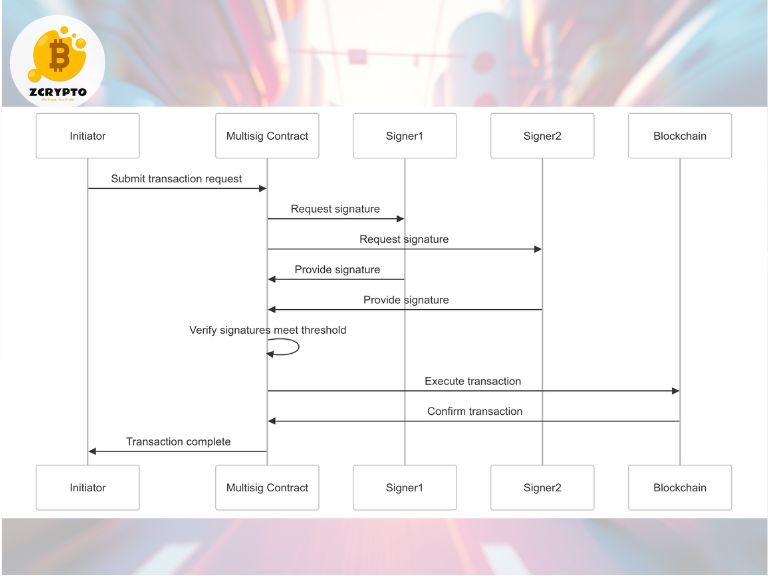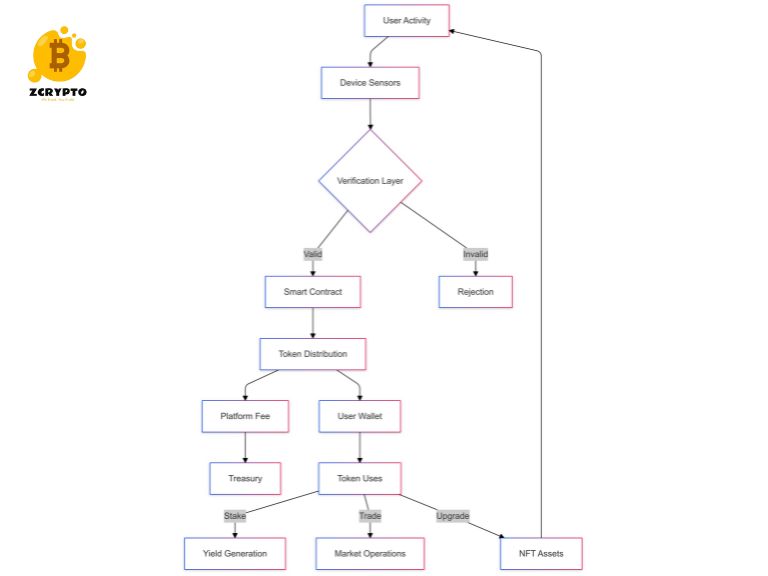What is Book Value of Equity Per Share (BVPS)?
Book Value of Equity Per Share (BVPS) is a financial metric that represents the net asset value of a company expressed on a per-share basis. It essentially tells you how much cash would be left for common shareholders if all assets were sold and all liabilities were paid off. This figure provides a baseline value for each share, helping investors understand the intrinsic worth of their investment.
- Guide to the 1040EZ Form: Eligibility, Benefits, and Alternatives for Simple Tax Returns
- Mastering Capital Expenditure: How to Boost Business Growth and Efficiency Through Strategic Investments
- Understanding Bond Ratings: A Comprehensive Guide to Creditworthiness and Investment Risk
- What is Nansen? Data Analytics Platform for Web3 Intelligence
- How Android Operating System Drives Revenue and Innovation in the Finance and Business Sectors
How to Calculate Book Value of Equity Per Share (BVPS)
Calculating BVPS involves using the following formula:
You are viewing: How to Calculate and Interpret Book Value of Equity Per Share (BVPS) for Smart Investment Decisions
[ \text{BVPS} = \frac{\text{Shareholders’ Equity} – \text{Preferred Equity}}{\text{Weighted Average of Common Shares Outstanding}} ]
Let’s break down each component of this formula:
-
Shareholders’ Equity: This is the total equity available to common shareholders, which can be found on the balance sheet.
-
Preferred Equity: This represents the value of preferred shares, which have priority over common shares in case of liquidation.
-
Weighted Average of Common Shares Outstanding: This is the average number of common shares outstanding during a given period, taking into account any changes in the number of shares due to issuance or buyback.
Example Calculation
Suppose a company has:
-
Shareholders’ Equity: $100 million
-
Preferred Equity: $20 million
-
Weighted Average of Common Shares Outstanding: 10 million
See more : Unveiling the Black Box Model: How Automated Trading Strategies Shape Modern Finance and Investments
Using the formula:
[ \text{BVPS} = \frac{100 \text{ million} – 20 \text{ million}}{10 \text{ million}} = \frac{80 \text{ million}}{10 \text{ million}} = 8 ]
So, the BVPS would be $8 per share.
Understanding Book Value of Equity (BVE)
Book Value of Equity (BVE) is the difference between a company’s total assets and total liabilities. It is calculated as follows:
[ \text{BVE} = \text{Total Assets} – \text{Total Liabilities} ]
The components of BVE include:
-
Common Stock: The par value of common shares issued.
-
Retained Earnings: Profits reinvested in the business.
-
Other Comprehensive Income (OCI): Changes in equity from transactions and other events, excluding net income.
Understanding BVE is essential because it directly influences the calculation of BVPS.
Interpreting BVPS for Investment Decisions
BVPS is a powerful tool for investors to determine whether a stock is undervalued or overvalued. Here’s how:
Undervalued or Overvalued
See more : Understanding Beneficiaries: A Comprehensive Guide to Inheritance and Financial Planning
By comparing the BVPS to the current market price of the stock, investors can gauge if the stock is trading at a discount or premium to its intrinsic value. If the market price is significantly higher than the BVPS, it may indicate that the stock is overvalued. Conversely, if it’s lower, it could suggest that the stock is undervalued.
Price-to-Book Ratio
The Price-to-Book (P/B) ratio compares the market value of a stock to its book value. It is calculated as:
[ \text{P/B Ratio} = \frac{\text{Market Price per Share}}{\text{BVPS}} ]
A P/B ratio greater than 1 indicates that investors are willing to pay more than the book value for each share, possibly due to future growth expectations.
Market vs. Book Value
It’s important to differentiate between market value and book value. Market value reflects current market conditions and future growth potential, while book value is a historical measure based on past transactions. This distinction helps investors understand that while BVPS provides a baseline value, market dynamics can drive prices above or below this level.
Practical Applications of BVPS
BVPS has several practical applications in investment analysis:
Valuation Comparison
Investors use BVPS in comparison with other valuation methods like enterprise value and market capitalization to get a comprehensive view of a company’s value.
Return on Equity (ROE)
BVPS is also used in calculating Return on Equity (ROE) on a per-share basis, which helps in assessing how efficiently a company generates profits from shareholder equity.
Investment Strategies
Investors often use BVPS as part of their investment strategies to build strong portfolios. For instance, value investors might look for stocks trading below their BVPS as potential buys.
Limitations and Considerations
While BVPS is a useful metric, it has some limitations:
Historical Value
BVPS is based on historical data and may not reflect current market conditions or future growth potential. This means it might not capture recent changes in asset values or market sentiment.
Asset Valuation
The accuracy of BVPS depends on the accuracy of asset valuations on the balance sheet. If assets are undervalued or overvalued, this will affect the BVPS calculation.
Source: https://summacumlaude.site
Category: Blog







